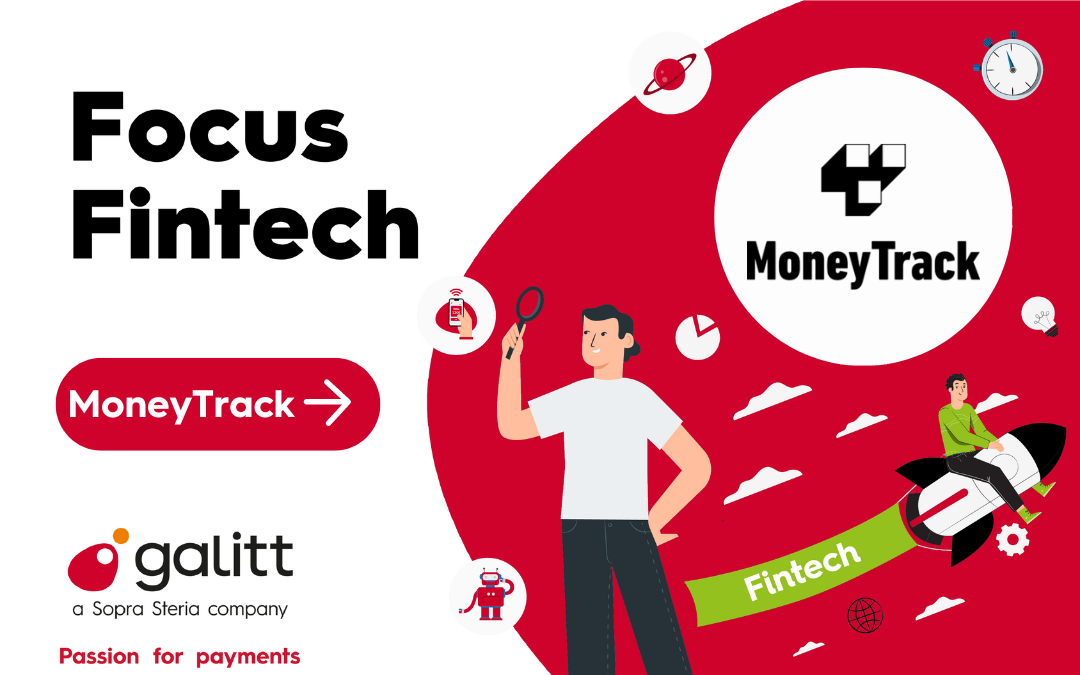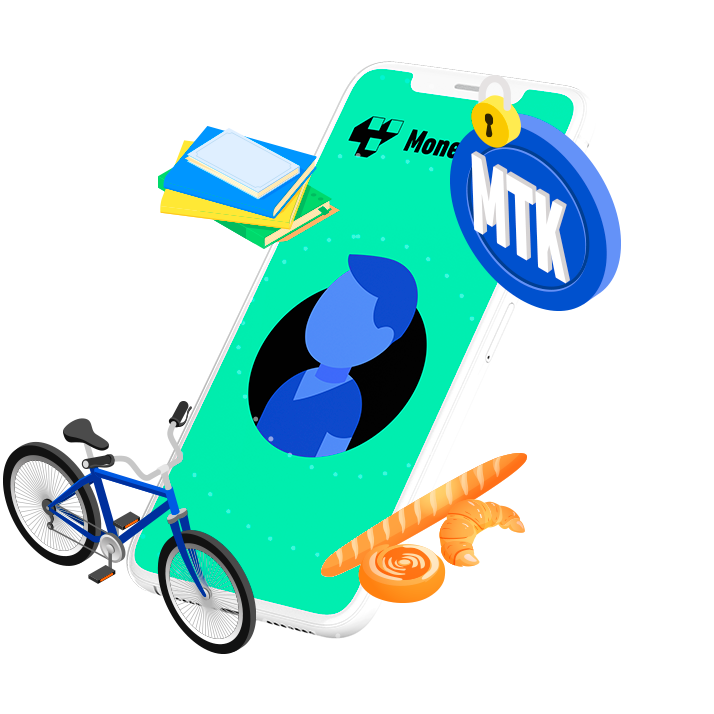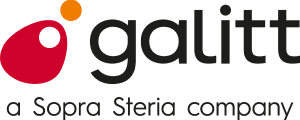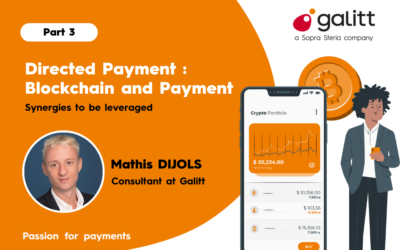MoneyTrack and its directed money system

MoneyTrack is a French fintech that has set up a directed payment platform. This innovative system allows an entity (company, community, mutual insurance company) to pay money to individuals who will only be able to spend it under certain conditions defined by this same entity.

How does it work?
Directed money is indeed a recent principle that is starting to appear in local communities. It allows for the creation of a cooperative and regulated ecosystem, governed by a funding agency. The latter will provide funds to beneficiaries, which they can spend only with specific partners and under certain conditions.
MoneyTrack has deployed its technology in 5 distinct stages:
-Identify the Beneficiaries and Partners for sure. The Funder must provide the identity of the Beneficiary, who will have a secure wallet to exchange with the Partner.
-Configure the directed currency program. This is where the spending rules and conditions of use of the currency will be defined, such as the spending limit or the frequency of use.
-Control the transactions. MoneyTrack is considered as a trusted third party and will be able to sign for the different actors. The latter will also be able to independently manage their identities and signatures.
-Pay the actors. This payment is made by a double operation: a transaction signed on the blockchain and possibly a complementary payment via bank transfer, credit card or other.
-Prove the proper functioning of the blockchain by accessing transaction details.

It is on these principles that the French fintech has created its three main products. The first is MoneyTrack Santé and focuses, as its name suggests, on complementary health insurance. This product will integrate a payment tool into the insurer’s application. The components of MoneyTrack Santé are compatible with the SESAM-Vitale environment.
MoneyTrack Public Benefits is the second product of the fintech and allows the deployment of grant programs funded by institutions or communities. These grants will be in the form of digital currency, in € or in digital tokens.
After defining the network for accepting the subsidy, the community will set up the conditions for access and use of the subsidy. The citizen’s secure wallet will then be loaded, and he or she will be able to spend the grant at the program’s partner merchants.
Finally, MoneyTrack offers a claims management tool for multi-risk home insurance (MRH). The insurer will be able to obtain tokens from MoneyTrack, which he can use to instantly compensate his beneficiaries. This allows policyholders to bounce back quickly in the event of a claim and to be able to replace their physical assets such as furniture, computers, and any other assets relevant to them as soon as possible.
MoneyTrack: A young fintech in the making
MoneyTrack was founded in 2018 and is therefore still a very young fintech. This will not have prevented it in March 2021 from raising €2.3 million in funding, bringing the company’s total funding to €5.4 million.
In the wake of this fundraising, MoneyTrack will acquire the Marseille-based start-up Proxegia to further penetrate the healthcare sector. The services of the two fintechs are complementary and will allow MoneyTrack to deepen its expertise in the digitalization of complementary health insurance.
In June 2022, the French fintech will partner with Eugen International to address the insurance needs of expatriates. A geolocation solution for healthcare professionals has been set up and allows expatriates to locate those adapted to their needs while facilitating the reimbursement of consultations abroad.

In a short time, MoneyTrack has managed to make its place in the field of digital insurance in France. These managed money systems are of increasing interest to local authorities wishing to set up a sustainable and fair ecosystem within their community. Despite the complexity of blockchain, which is necessary for the proper functioning of MoneyTrack’s services, the fintech has managed to democratize and simplify this principle, which is still obscure for many economic actors.



